Marketing Project: Smartphone Repair Shop Customer Stories Analysis
VerifiedAdded on 2021/06/14
|8
|1049
|45
Project
AI Summary
This project outlines a marketing strategy for a smartphone repair shop, centered around the concept of 'Stories by Customers'. The core idea involves leveraging customer repair success stories through a blog to attract new business. The project details the target market, which includes all smartphone users, with a focus on demographic and geographic specifics. It proposes a positioning strategy based on price differentiation, including referral pricing and group repair discounts, offering a competitive advantage through service introduction via brochures, participation in industry events, and tailored service packages. The distribution strategy emphasizes content marketing, using blogs to review durable equipment and highlight the shop's ability to service various devices. The pricing strategy suggests competitive rates, advance payments from corporate clients, seasonal discounts, and bidding strategies for government contracts. The promotion strategy focuses on using blogs for publicity, launching holiday schemes, and utilizing map markers for easy customer location. The project draws upon various academic references to support its marketing recommendations, including works on service marketing, customer relationships, and digital marketing.
1 out of 8
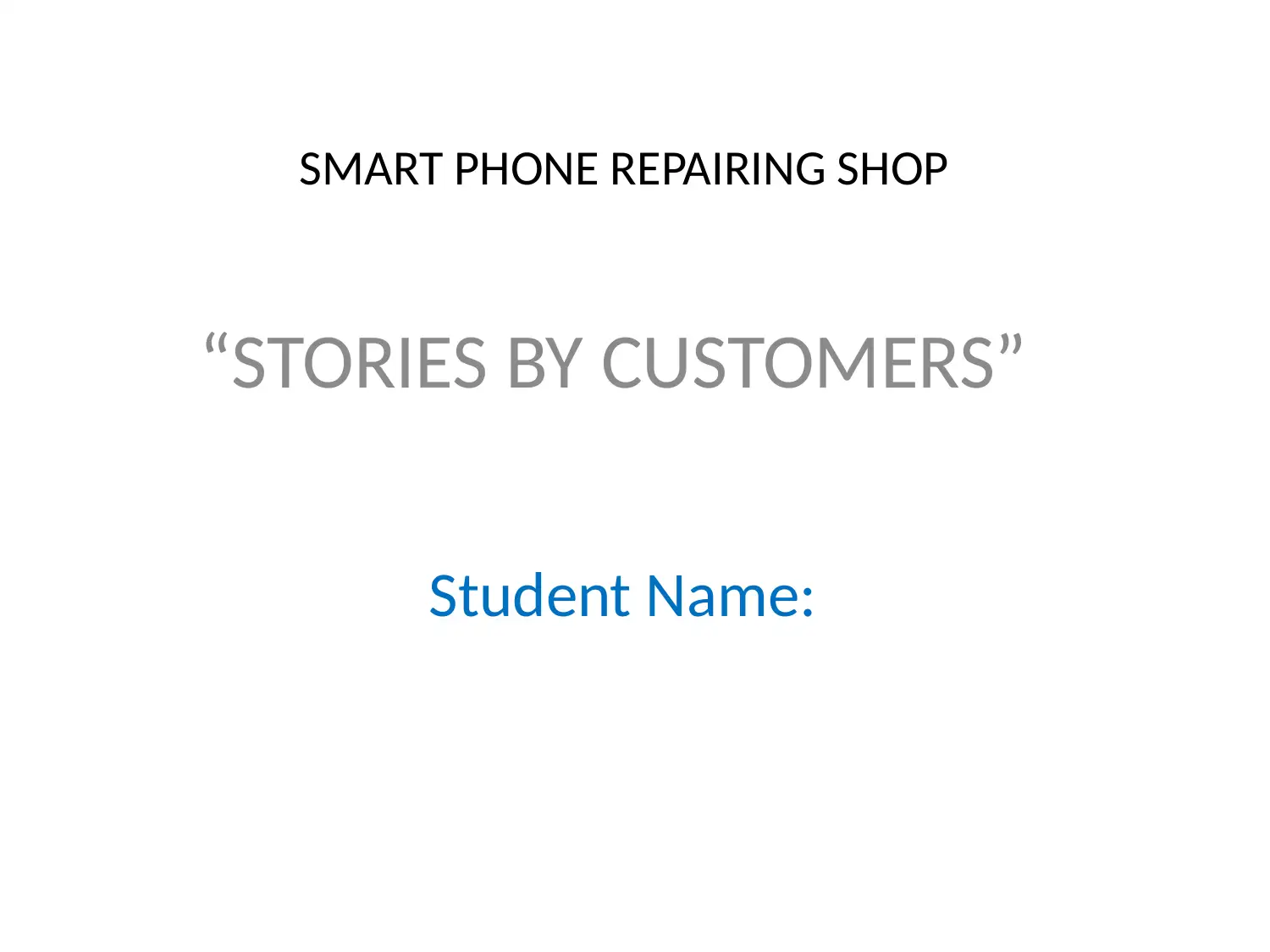
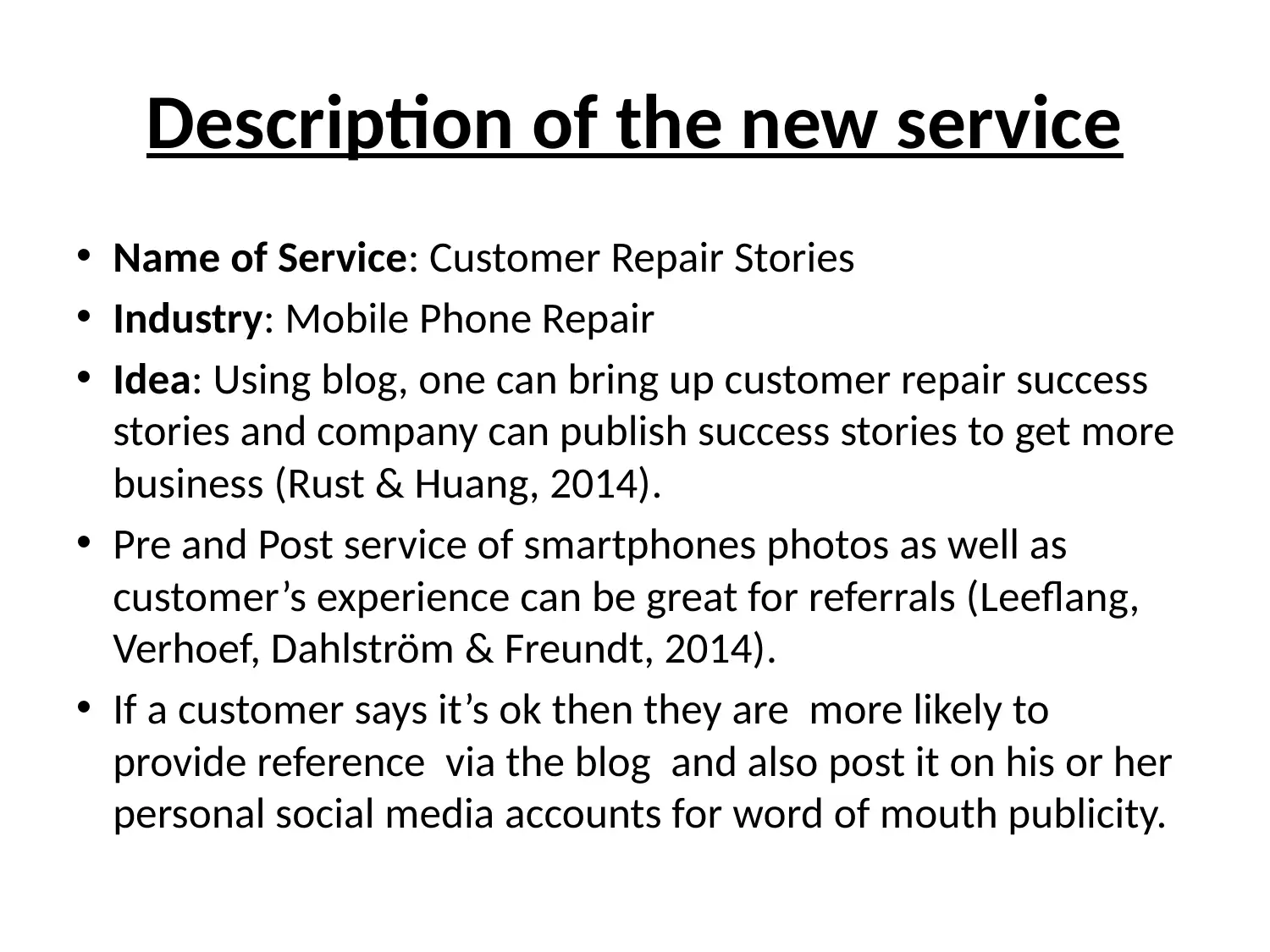
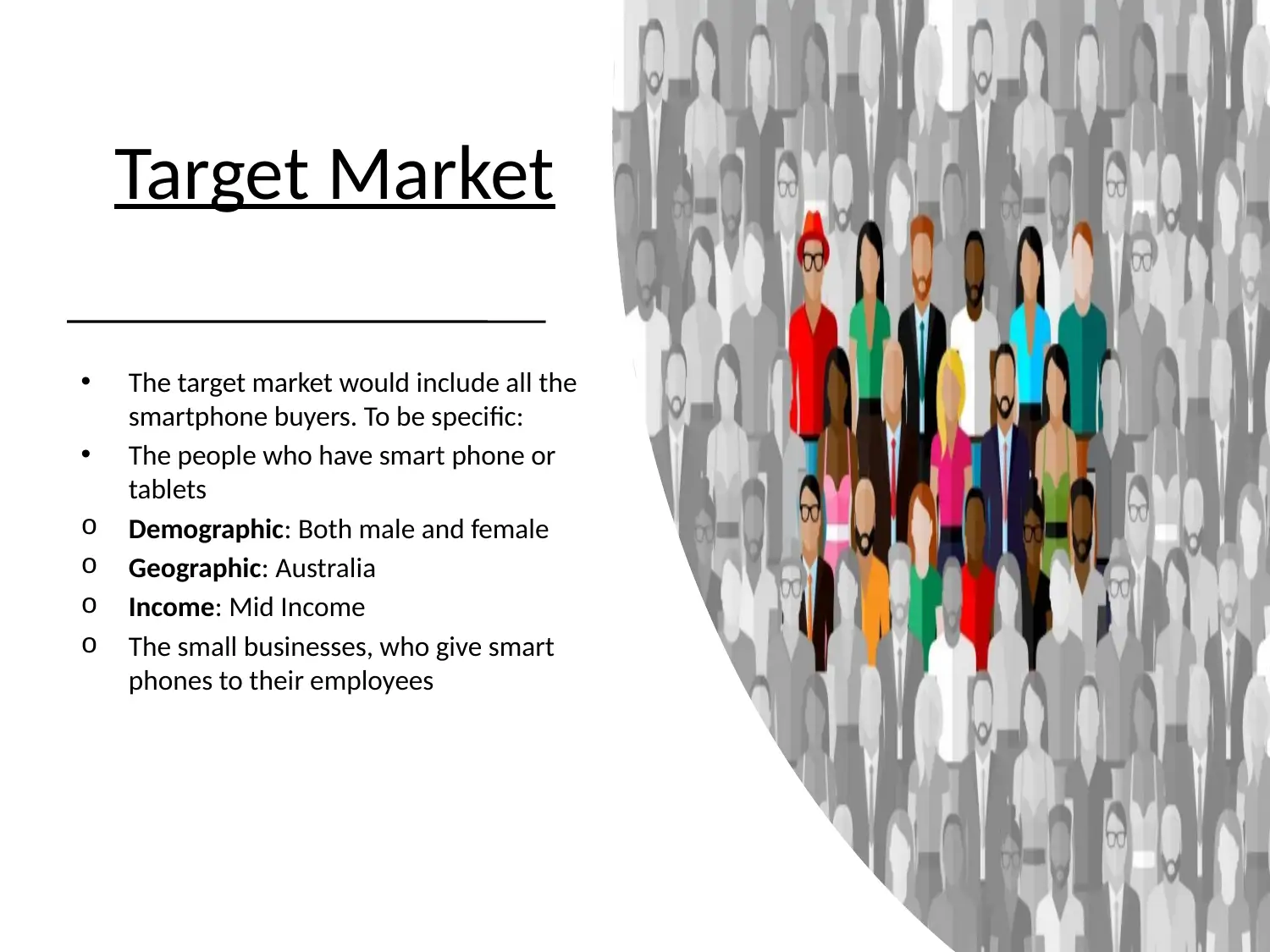

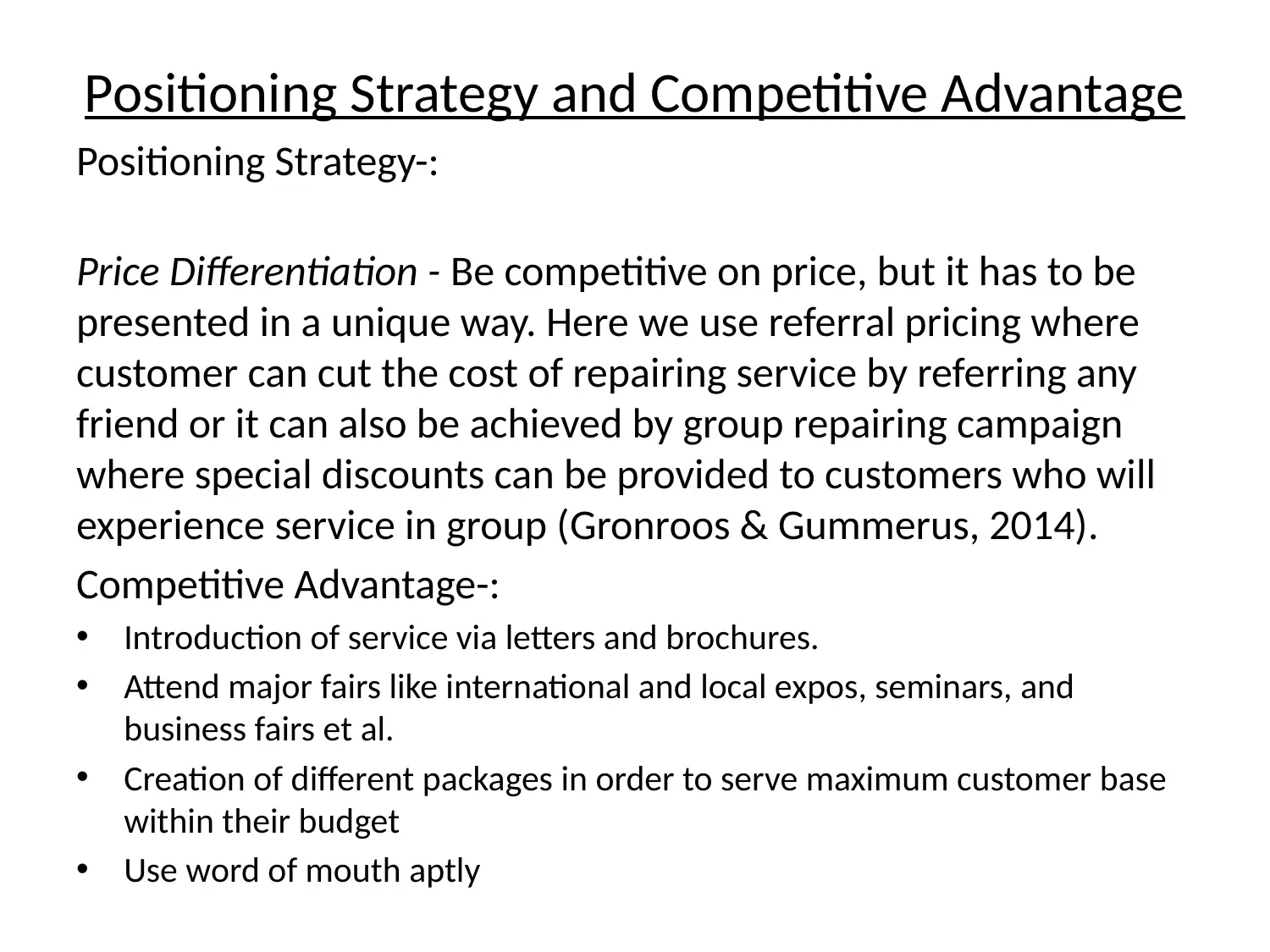
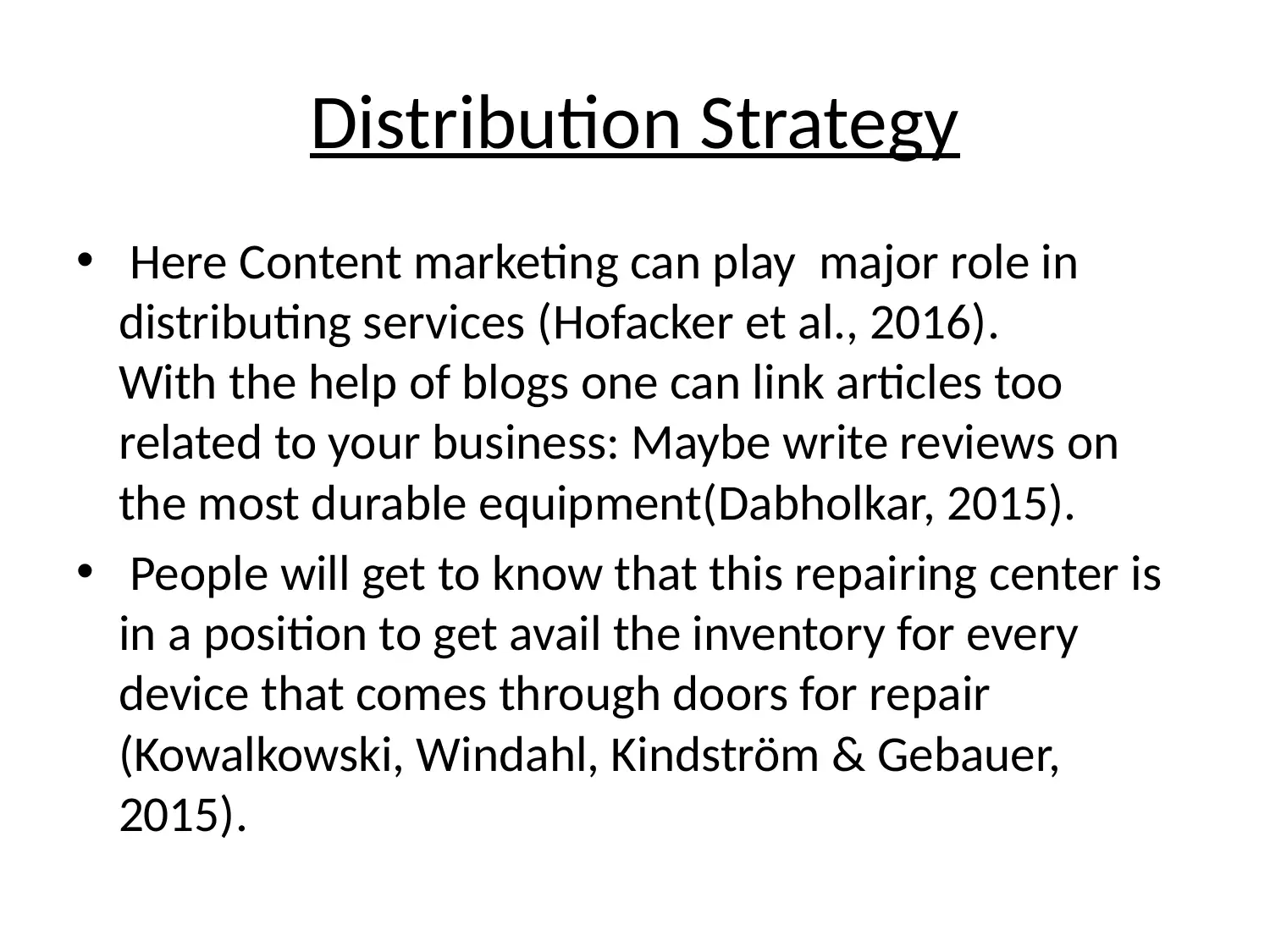
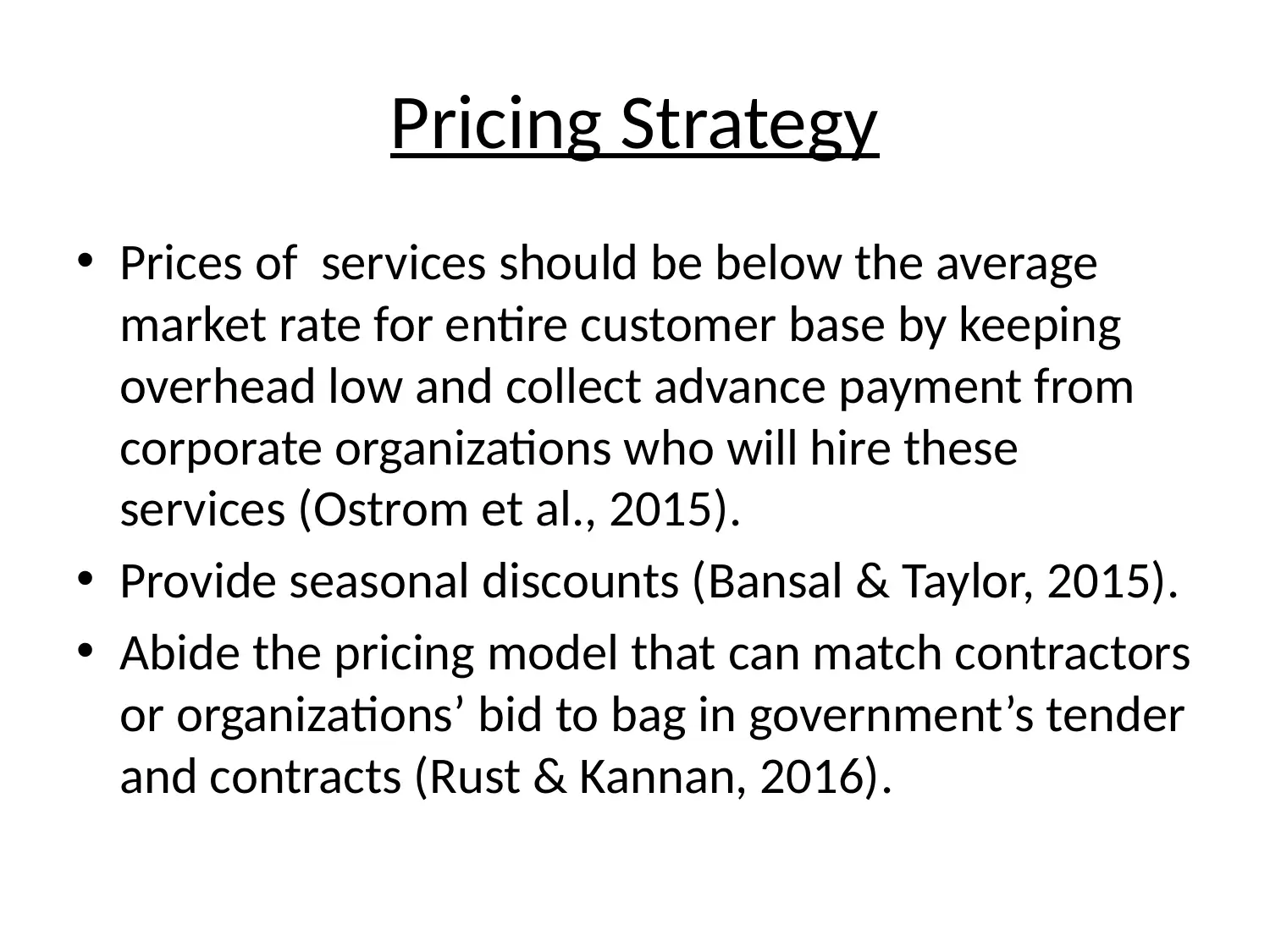
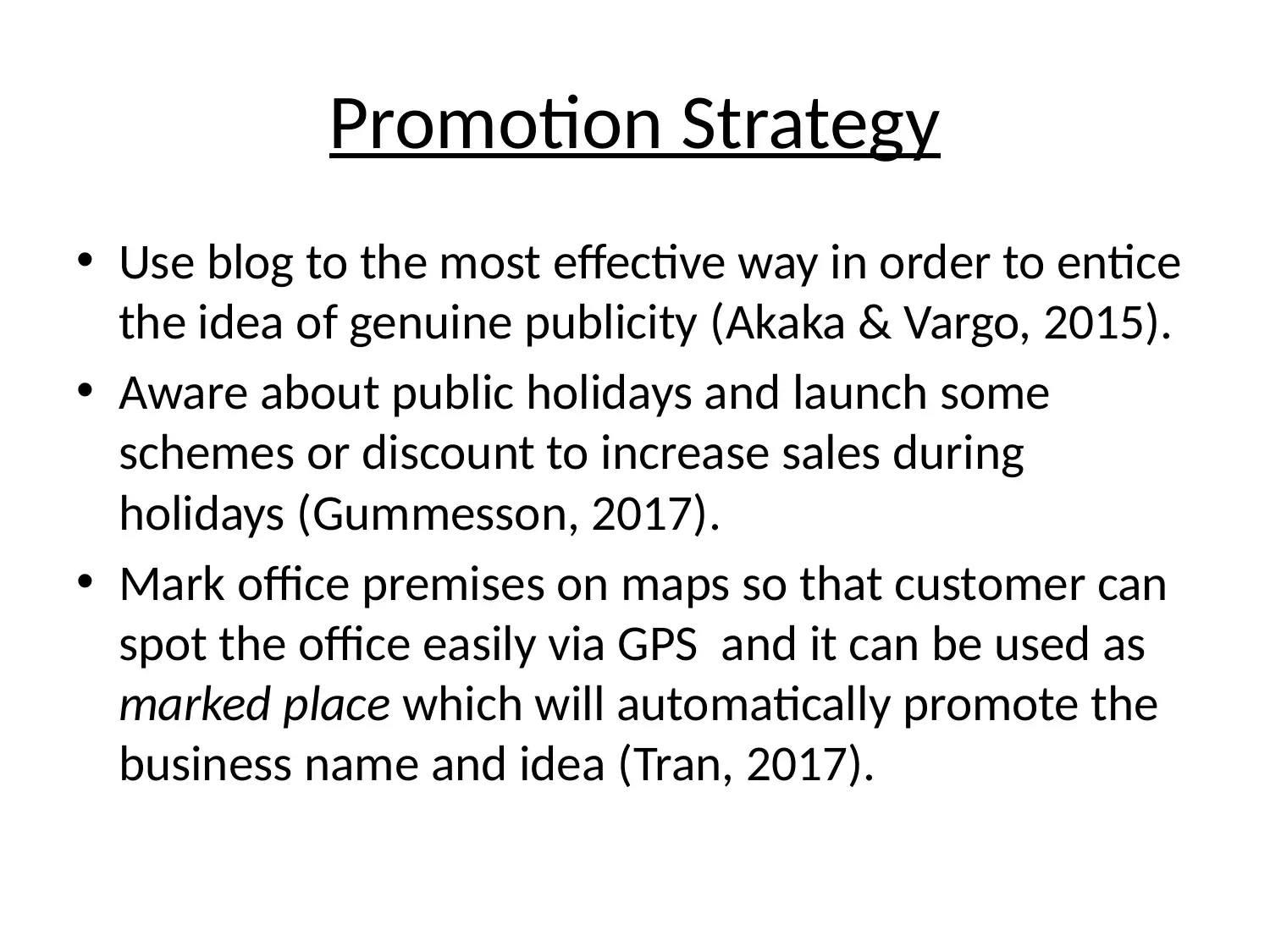
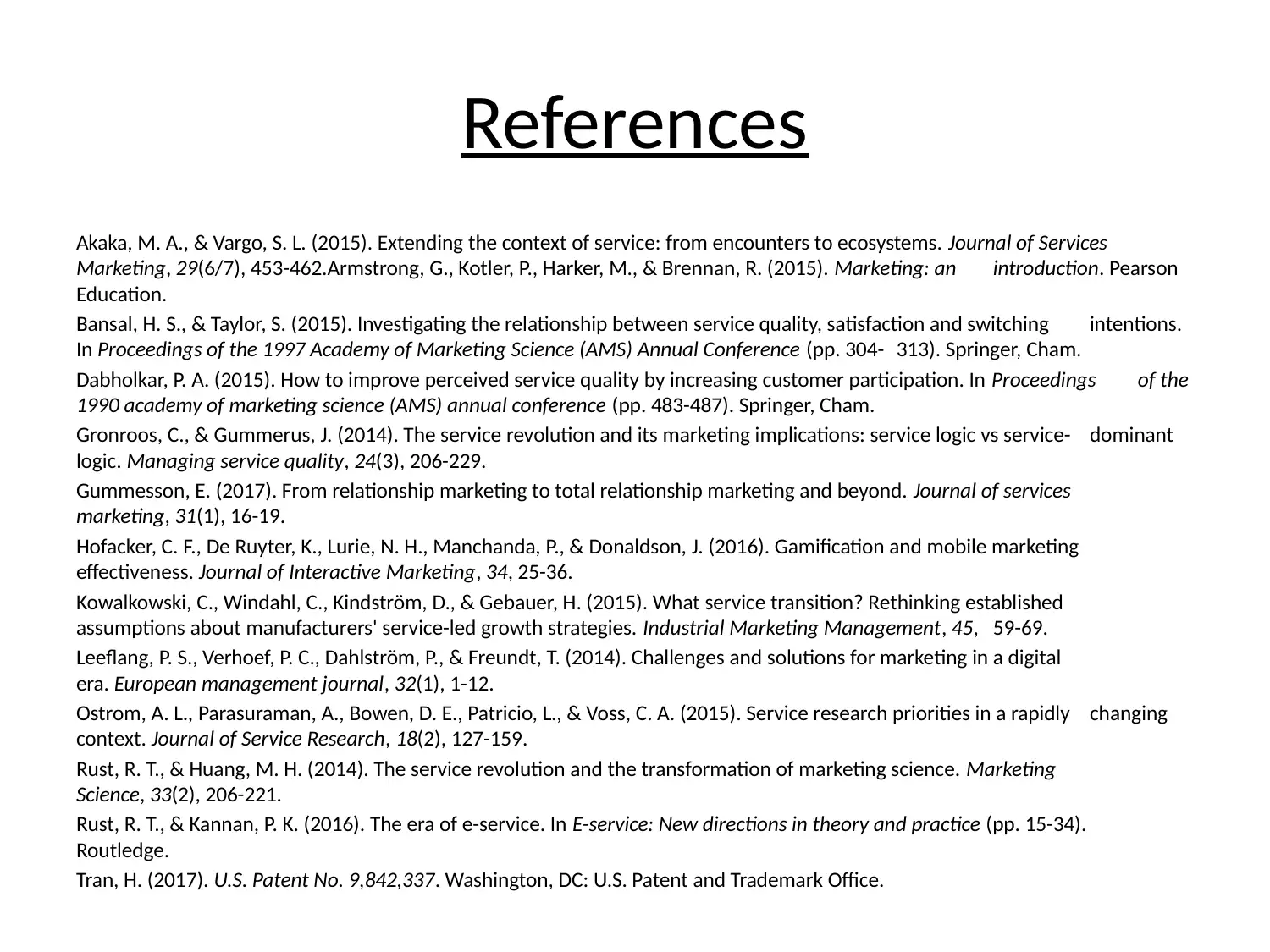






![[object Object]](/_next/static/media/star-bottom.7253800d.svg)